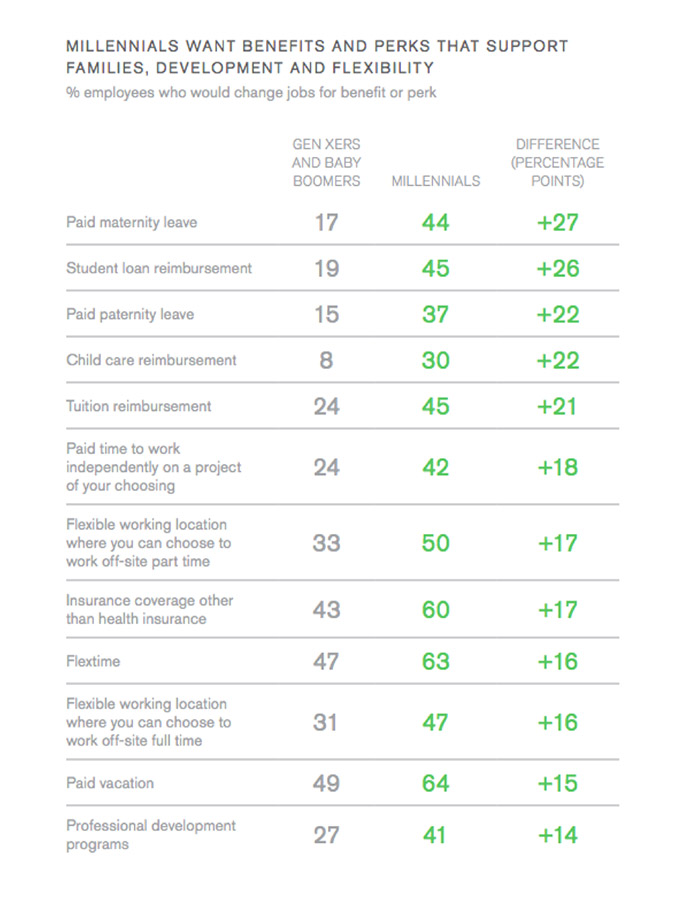
Amid all the HR trends that have come to be in the past few years, there’s one in particular that really seems to pique people’s interest (unsurprisingly), and that is: unlimited paid time off.
It’s a phrase that has an idyllic ring to it, isn’t it?
Perhaps as a business leader you’re less enthused about the prospect of paying your employees to enjoy endless days on the beach. But that’s not exactly what it boils down to.
Before we dive into the pros and cons to help you construct your thoughts around the matter, let’s take a look at what unlimited paid time off is.
Unlimited paid time off time in a nutshell
Also referred to as unlimited vacation time, this leave structure might be better described as ‘flexible vacation time’. Essentially, it allows employees the freedom to decide when to take leave, how much time they’d like to take off, and how they use those paid days (for example, vacation time, family responsibility leave, or sick leave), without needing to go through an approval process.
Ultimately, this gives employees the autonomy to manage their time, with the understanding that they’ll do so responsibly since this is in the best interest of their careers.
Now, let’s unpack why this model works so well for some companies, and what its potential downfalls are.
The upsides to unlimited time off
An attractive perk (especially to Millennials)
We’ve previously looked at the perks that tend to attract employees to an organization and, to recap in brief, today’s employees are most attracted to rewards that are personalized, and are appropriate to their circumstances, their age and their quality of life – and this is particularly true among Millennials as the image below shows.

Without a doubt, unlimited vacation time sounds appealing to everyone and this can definitely work in organizations’ favor as a recruiting tool.
Displays trust in employees
Today’s employees want the freedom to innovate, grow their skills, and advance in their careers – and the last thing they want is to feel micromanaged (it’s a certain way of dampening creativity and squashing morale, after all).
Putting the ball in the employee’s court, allowing them to manage their schedule and the time they spend working versus taking downtime demonstrates that you trust them to perform independently, and to contribute positively to your organization without rigid structures in place.
The potential to boost productivity
Giving employees the flexibility to live out a balanced lifestyle at their discretion – whether that involves taking a day or two off to recuperate after meeting a hectic deadline or going away on a longer vacation to spend time with family – shows them that you value their wellbeing. And, since happy and healthy employees are more engaged employees, productivity levels are also likely to increase.
Shifts focus from presenteeism to results
Rather than zooming in on who is in office when, organizations are able to shift their focus from presenteeism or the “appearance” of productivity to results. Ultimately, this promotes efficiency and goal-driven attitudes among employees, and encourages them to get their jobs done better and faster.
Frees up HR (to some extent)
Keeping track of employees’ time off can become quite an administrative task for HR departments. So, having a system in place that eliminates the time it takes to manage approvals and detailed recordkeeping will free up HR professionals to a degree so that they focus on other matters at hand.
The drawbacks of unlimited time off
Potential legal complications
According to law firm partner, William R. Pokorny, who shared his professional views in an SHRM article, a number of US states require employers to keep a record of employees’ work hours, vacation accruals and usage – and in some cases may need to pay employees for accrued and unused vacation time at termination. When it comes to unlimited vacation time, this could become something of a gray area. Read more about this and similar concerns here.
Possibility of abuse
One of the most common worries with an unlimited vacation approach is that employees will take advantage of the situation. It’s an understandable concern. But the reality is that many workers don’t take their full allotment of vacation hours as it is. The results of a Glassdoor survey show that the average US employee (of those who receive paid time off) had only taken 54% of their paid time off in the preceding 12 months. Further, of those who took vacation, two in three reported working while they were on leave.
Less time than necessary might be taken
As the previous point introduced, employees don’t always take the time off that they could – or should. And, perhaps surprisingly, this might be exacerbated by an unlimited paid time off policy. Some employees might feel extra pressure to get ahead, and some might feel uncomfortable taking the time off out of fear of criticism.
Tension can be created
If poor planning and communication are factors, a lot of uncertainty can ensue – which in turn could create a tense environment. For example, if there is any confusion around the unlimited vacation policy, employees may end up feeling unsure of what is acceptable.
In another scenario, if there are no boundaries whatsoever, organizations could end up with periods where leaders or senior team members are away at the same time, resulting in work or decisions being delayed.
To offer unlimited paid time off or not?
Ultimately, it may not be for everyone. This approach might work really well for some companies and could be problematic for others – and you’ll need to assess if the fit is right for yours. Much of this rests on the industry, the type of organization, and the company culture that you’ve established.
The bottom line is – if these are waters that you’re going to test, the primary focus should first and foremost be on building trust with your workforce and establishing a culture that people want to be a part of; an organization that they’re proud to contribute towards and represent as employees.
Essentially, employees should feel inspired to reach their objectives and complete the tasks they’re required to in spite of any level of flexibility that they’re allowed – whether that includes remote work, flexible work hours, or unlimited vacation time.
What are your thoughts?
Does your organization already offer unlimited paid time off? How has it impacted your workforce? Let us know your thoughts on LinkedIn.
Find out more about our modern HR solutions that will help you manage your workforce (whether they have the option of unlimited vacation or not) most effectively.